Brexit: What's all this chat about Norway?
- Published
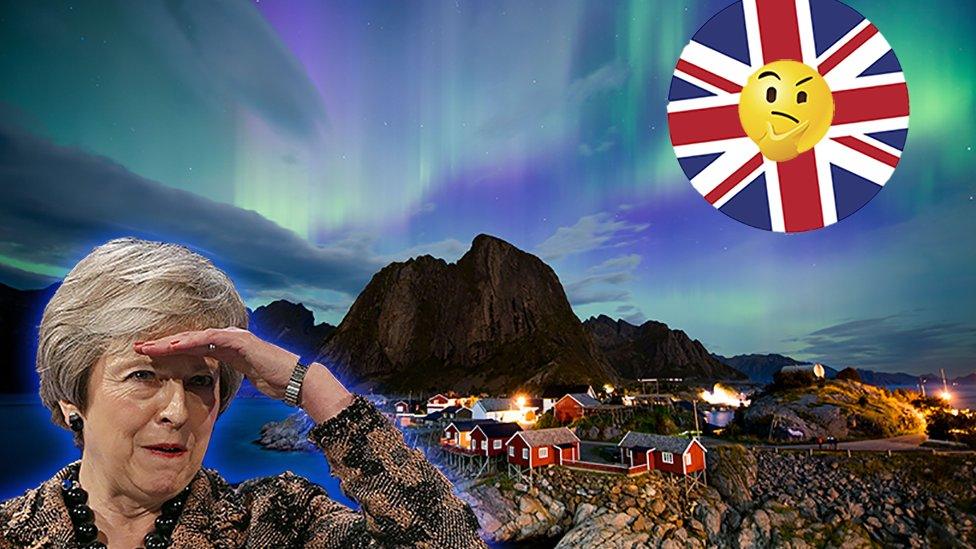
You might have heard friends raving about the Northern lights or reindeers of Norway.
But now there's another reason people are chatting about it - Brexit.
So what's the "Norway model" and what could it mean for Britain after leaving the European Union?
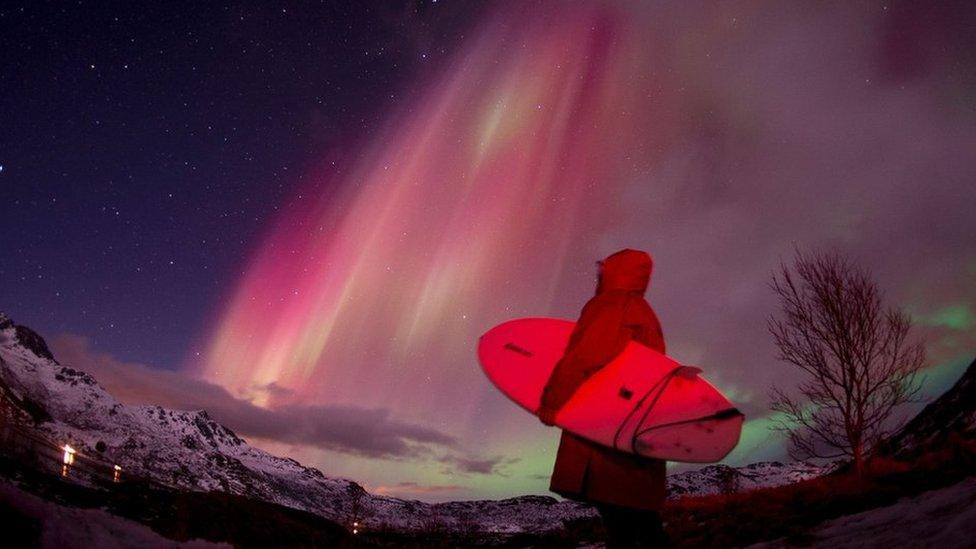
The first thing to mention is the deal Prime Minister Theresa May has already agreed with the EU.
It clears up what happens with things like citizens' rights for two years after Brexit (and that could be extended). In that time, they want to reach a new deal on what happens next.
But the deal needs the nod from MPs. And many aren't happy about the back-up plan on what happens with the Irish border if they can't agree that new deal (we'll get back to this later).
So one idea is renegotiating something more like Norway's deal.
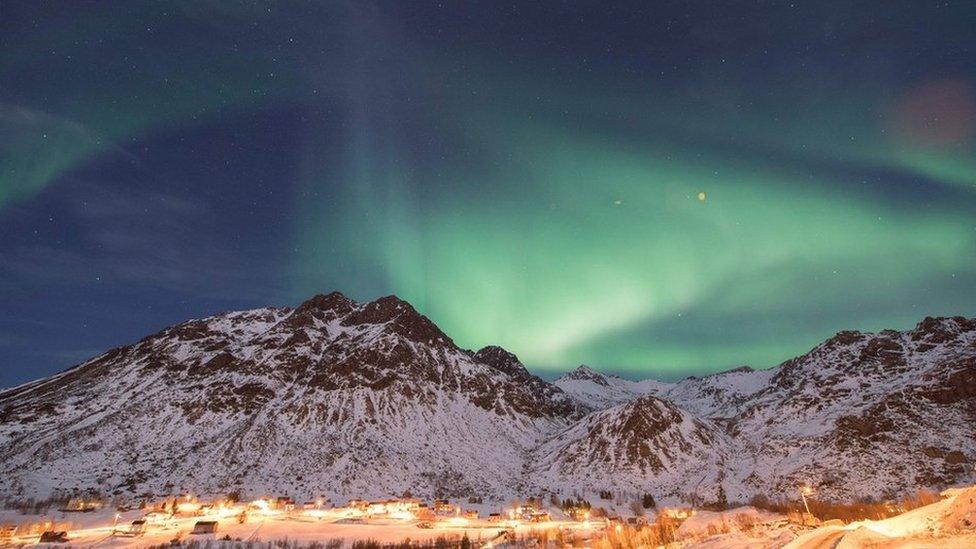
Let's break it down...
Norway isn't part of the EU. But, alongside Iceland and Liechtenstein, it's part of the European Economic Area.
That means it's in the single market with all the EU's (for now) 28 countries.
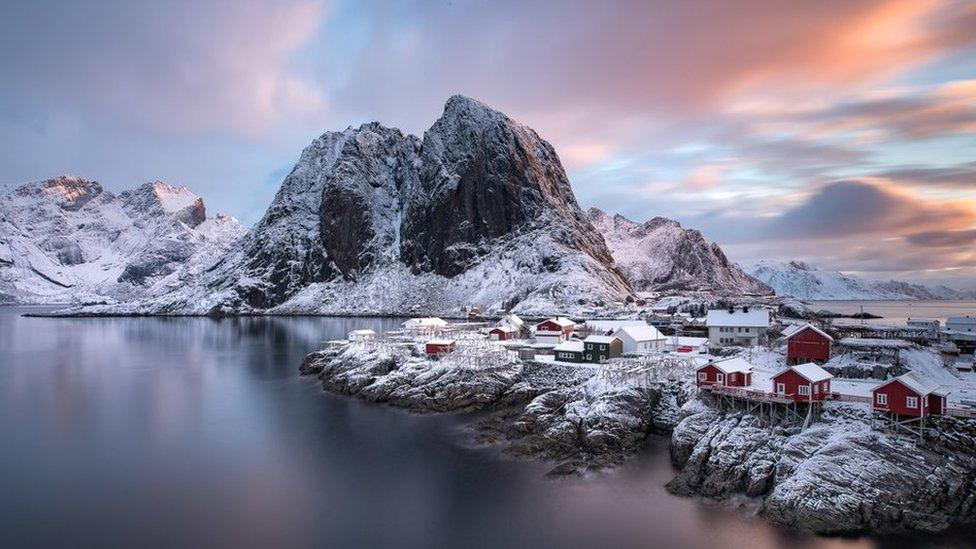
So what's the single market?
Put simply, it keeps trade cheap, quick and simple.
EU countries have the right to trade without admin hurdles at borders.
They also have joint rules on the standards expected of goods and services.
But free movement of money, goods and services comes with free movement of people. That's the deal.
So if the UK wanted to go Norway's way, people across the EU would still be free to live and work here - something many who voted to leave wanted to end.

And there's more
Because as well as a single market, the EU also uses a customs union to trade freely.
It's the agreement not to charge each other taxes on imports or have checks on their goods at borders.
Importantly, Norway is not part of the customs union so it has to take more admin steps to trade with the EU.
But that means it can sign its own trade deals with countries outside the EU - rather than being tied to EU rules.
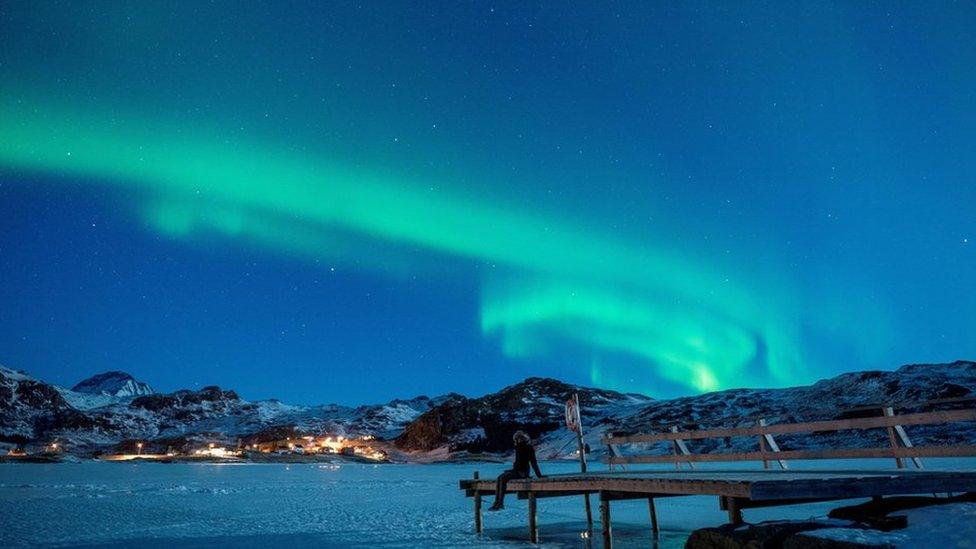
And then there's the money bit
Norway still has to pay big contributions to the EU budget. In fact, not far off what the UK paid as a full EU member.
And as it's outside the EU, it has no formal say on its rules, even though it has to follow many of them.
That includes rules on trade, workers' rights, the environment and health and safety.
But Norway's not tied into the EU's rules on farming, fishing or some rules on migration, crime and justice.
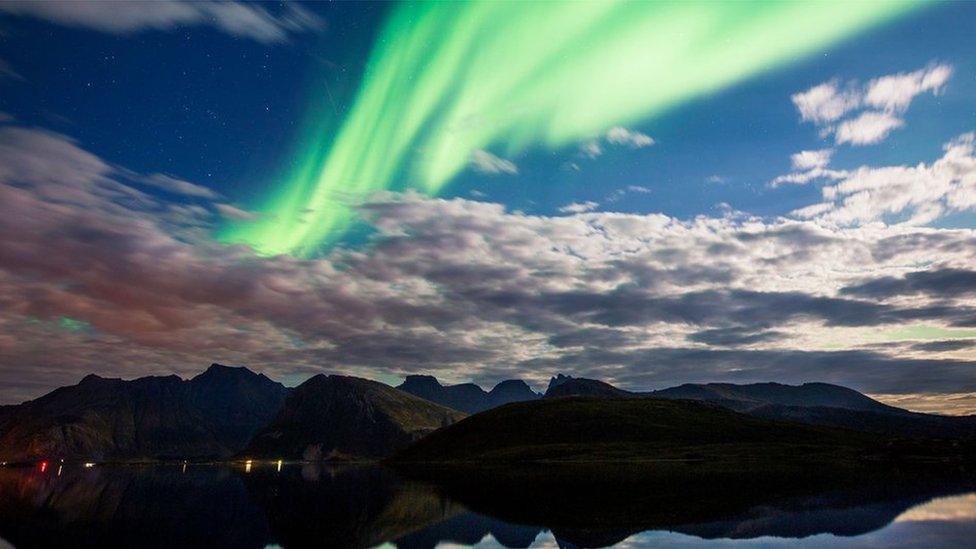
So why's it seen as a good option?
Some think it could solve the Irish problem.
The EU and the UK want to avoid border checks between Ireland and Northern Ireland, but that's hard if Britain's not in the single market and customs union.
The Prime Minister's deal has a back-up plan which would keep the UK in a customs union until it can agree a longer term solution for Ireland.
But critics say there's no end date and if no new deal is reached, it could keep Britain tied to EU trade rules indefinitely.
The Norway model could avoid that by keeping Britain in the single market, but there'd need to be a special customs agreement added on to make it work.

Could it actually happen then?
Well, Theresa May's always promised the UK will leave the single market and the customs union.
She's also said the Norway deal "has elements that wouldn't deliver on the vote of the British people".
Some MPs say it could be used in the short term - as a new back-up plan for the Irish border - until a full trade deal is agreed.
But the EU insists there's no budging on the current deal.
And now we're nearly finished... there's just time to mention it looks unlikely Norway, Iceland and Liechtenstein would want the UK using its group as a waiting room to leave the EU.
Listen to Newsbeat live at 12:45 and 17:45 every weekday on BBC Radio 1 and 1Xtra - if you miss us you can listen back here.
- Published8 December 2018

- Published16 November 2018
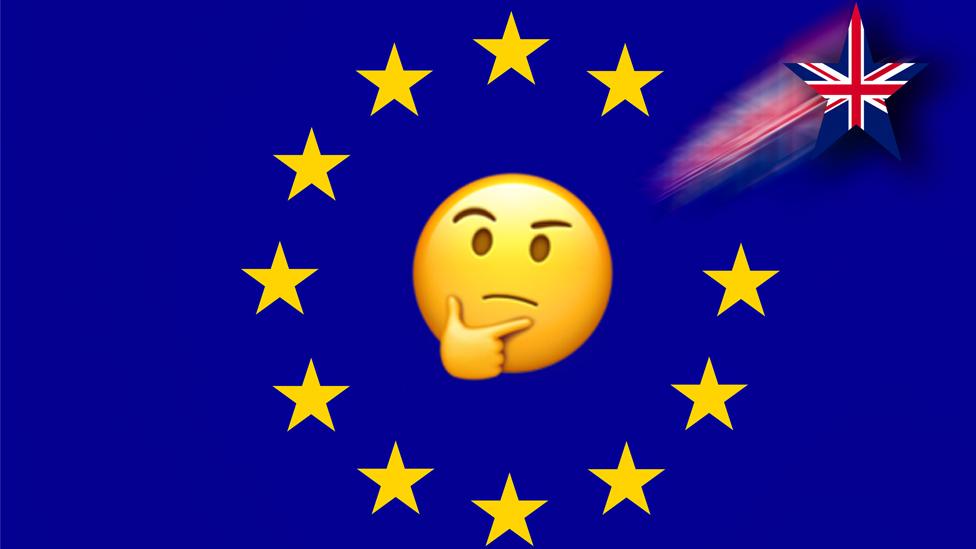
- Published7 December 2018
